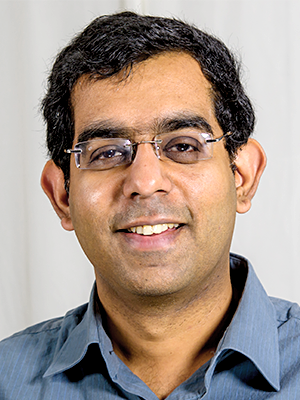NIH Director's Seminar Series: How the fat gets on proteins — structure and mechanism of enzymes that catalyze protein palmitoylation
to

The May lecture in the NIH Director's Seminar Series will be presented by IRP senior investigator Anirban Banerjee, Ph.D.
Posttranslational modification of proteins by attachment of lipids touches almost all areas of cellular physiology. One of the major areas of interest in Dr. Banerjee's lab are integral membrane enzymes that catalyze protein lipidation. The most widely prevalent form of protein lipidation is protein S-acylation or protein palmitoylation, whereby membrane proximal cysteines are modified by fatty acids through a thioester linkage. Protein palmitoylation, owing to its inherent lability through the action of cellular thioesterases, offers a unique, potentially dynamic form of protein lipidation. There are 23 members of the DHHC family of integral membrane enzymes that catalyze protein palmitoylation and several thousand cellular proteins that are known to be palmitoylated. Yet, nothing was known till recently about their three-dimensional structure or detailed mechanism of action.
The work done in Dr. Banerjee's lab has led to the first high-resolution structure of two DHHC palmitoyltransferases and detailed insights into their chemical mechanism. They have enabled Dr. Banerjee's team to design engineered versions of human DHHC20 that open up the possibility of designing new tools for probing the physiology of DHHC enzymes. Chemical and pharmacological small molecule probes for DHHC enzymes are sorely lacking and Dr. Banerjee's structural studies are also plausible starting points for such a small molecule probe discovery program.
This page was last updated on Wednesday, April 26, 2023